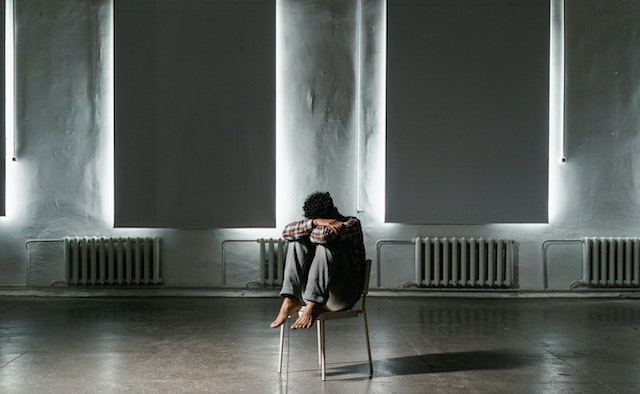Have you ever had a weekend where you really wanted to stay in, even though you had all good reasons to go out? Days where you just wanted to stay wrapped in your apartment or bedroom and have zero contact with the outside world? Days where you have had to basically force yourself out of bed because you had social obligations and people were expecting you to be present?
We all certainly have these periods of withdrawal. However, we all emerge from this gloomy feeling sooner or later and return to our regular lives. Right?
But what if you never got out of this phase? What if your urge to stay in your home becomes so addictive that you refuse to leave your home for months on a stretch?
Sounds worrying?
This tendency of social withdrawal is what is described as Hikikomori in Japan. In Japanese, the term is implied to a young adult person who has been confined to their home for at least six months or more. While first reported in Japan, Hikikomori is now a global phenomenon affecting America, Europe, China, and multiple other countries.
In this post, we will dive deeper into the condition, its causes, and ways to address the issue.

But Wait, What Is Hikikomori Exactly?
Described as a form of severe pathological social withdrawal for a period extending from six months to more, Hikikomori was first reported in 1978 in Japan. Yoshimi Kasahara, a researcher, first highlighted cases of people dealing with extreme social anxiety who refused to leave their homes. He named the condition ‘withdrawal neurosis’. However, he couldn’t pinpoint the exact reason behind its occurrence.
Research published by Dialogues in Clinical Neuroscience in 2022 reported that people with Hikikomori had higher levels of serum arginase activity and ornithine (amino acid) presence.
This is, however, one of the first significant findings around the condition and needs more research for a consolidated result.
Causes Of Hikikomori
Hikikomori was considered a cultural problem for many years as it was rarely reported outside the country or the continent. The idea has now fallen out of favor as different regions across the globe have young people giving up on socializing altogether. Cases have cropped up in Europe, China, America, and India.
1. Pressure and highly demanding professional lives
The common denominator that binds countries facing a wave of Hikikomori is an extensively competitive and demanding work culture. Think of it – Japan has an incredibly pressurizing culture where you are shunned and shamed if you don’t hit the benchmarks throughout your academic or work life. More and more countries like the US and China are adopting aggressive and hostile lifestyles, forcing people to retreat to their homes.
2. Internet Usage
The technology boom accompanied by strict restrictions due to the pandemic has deeply impacted people’s ability to communicate with each other. Most people can now satisfy their socializing needs without ever having to leave their homes. This has forced more people to stay in, which might ultimately lead to the development of the condition.
How To Deal With The Situation?
Think about it – a generation dealing with extreme shut-ins is going to lead to devastating impacts on the economy, social life, and standards of living for people. It will cost a fortune for governments worldwide to take care of these citizens and provide safety nets to them.
A global increase and interest in the condition mean the problem will only worsen. This calls for immediate action and intervention. Here are some steps that can help us tackle the growing wave of Hikikomori globally:
1. Better Treatment Options And Awareness
Currently, treatment options for Hikikomori include building social connectivity, physical activities, and re-engaging with the outside world and work. However, the very nature of the condition is so that reaching out for help is extremely low. This is why we need to spread more awareness around the situation to help people understand and identify the condition to take adequate steps to mitigate the issue.
Read more: Best Online Therapy Platforms – 6 Easy-To-Use And Affordable Sites
2. Government Interventions
Taking a leaf out of Japan, where the government funded more than half of the treatment centers for Hikikomori – lawmakers need to take cognizance of the situation and act accordingly. Public health centers, policy-based actions, and community participation could help pave the right way forward.
Read more: Mental Health Bills: Accessible Mental Healthcare For All
Conclusion:
Hikikomori is a cultural phenomenon of social reclusiveness associated with burnout, high pressure, and internet usage. Commonly found in Asian and Western societies, the condition has deteriorated following the pandemic, forcing more people to go into extreme shut-ins due to social anxiety.
Social anxiety is a challenging and debilitating problem. To learn more about dealing with social isolation during your holidays, click here.
To continue learning about mental health daily, subscribe to Your Mental Health Pal.

